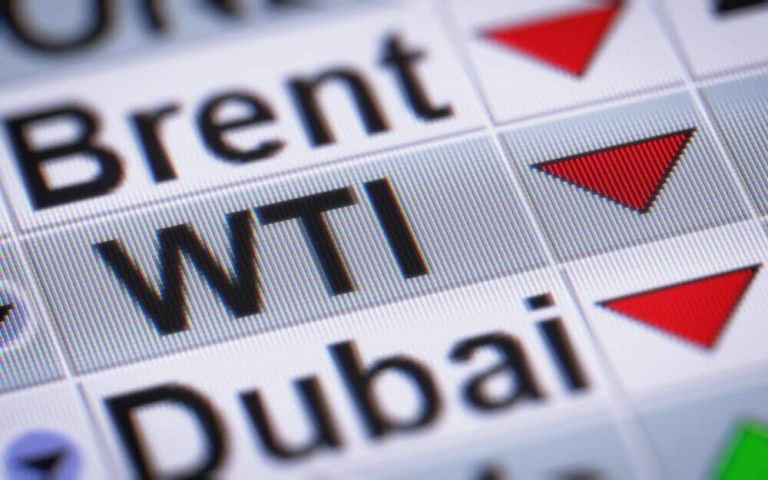- Oil prices fell in Asian trading, extending losses due to uncertainty about demand and high US interest rates.
- Brent crude futures fell 0.5% to $81.24 per barrel. West Texas Intermediate crude futures fell 0.4% to $75.75 per barrel.
- Geopolitical risks in the Middle East and hostage deal negotiations provide limited support in the face of demand concerns.
Oil prices took a heavy hit in Asian markets on Monday, continuing their downward path from the previous session. This decline is due to growing concerns about the demand outlook, exacerbated by indicators of continued rise in US interest rates. The Federal Reserve's hawkish stance has particularly dampened sentiment in the oil market, leading to a nearly 3% drop in crude oil prices on Friday. This decline reversed gains made earlier in the week and highlighted the fragile balance between supply and demand dynamics.
Brent crude's modest risk premium of $2 amid tensions
Despite downward pressure on prices, geopolitical instability, especially in the Middle East, remains a backdrop to oil market volatility. The ongoing conflict between Israel and Hamas, coupled with tensions related to Yemen's Houthis in the Red Sea, raises a layer of uncertainty. However, the geopolitical risk premium on Brent crude remained modest, with an increase of only $2 per barrel indicated by Goldman Sachs. Even as White House National Security Advisor Jake Sullivan announced progress in hostage deal negotiations involving the United States, Egypt, Qatar and Israel, these geopolitical factors did little to impact overall market sentiment, which is dominated by demand concerns. .
Goldman raises Brent forecast to $87 amid cuts
The future of the oil market remains uncertain, as prices have ranged between $70 and $90 per barrel since November. Factors such as rising US supply and concerns about Chinese demand continue to balance OPEC+ supply cuts and geopolitical risks. However, Goldman Sachs conducted a review. Its forecast for the summer peak price of Brent crude is now $87 per barrel, up from $85. This adjustment is due to unexpected stock withdrawals following disturbances in the Red Sea. Furthermore, the company continues to expect growth. It expects oil demand to rise by 1.5 million barrels per day in 2024. Consequently, it has revised its forecasts for major economies such as China, the United States and India. This situation highlights the complexity of the oil market. The complex interplay of factors underscores the volatile nature of the market. Demand dynamics and geopolitical developments are leading the way.

